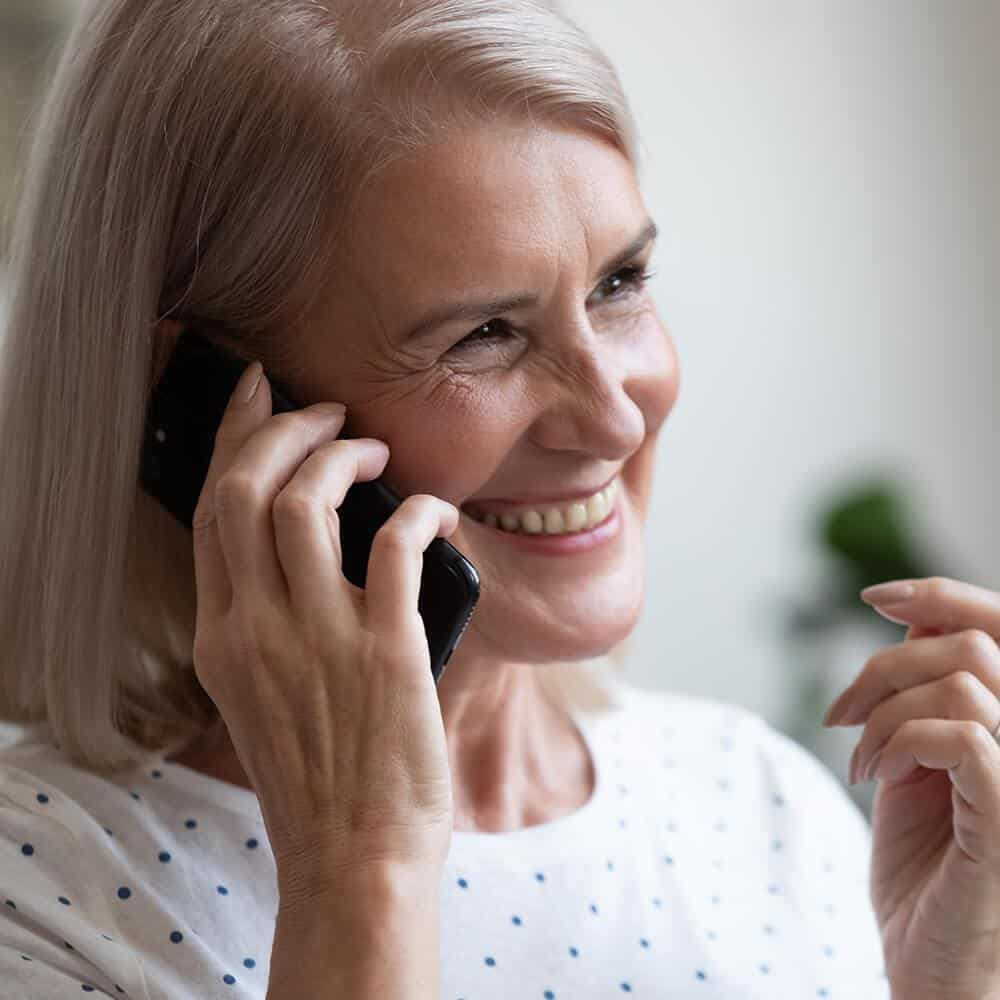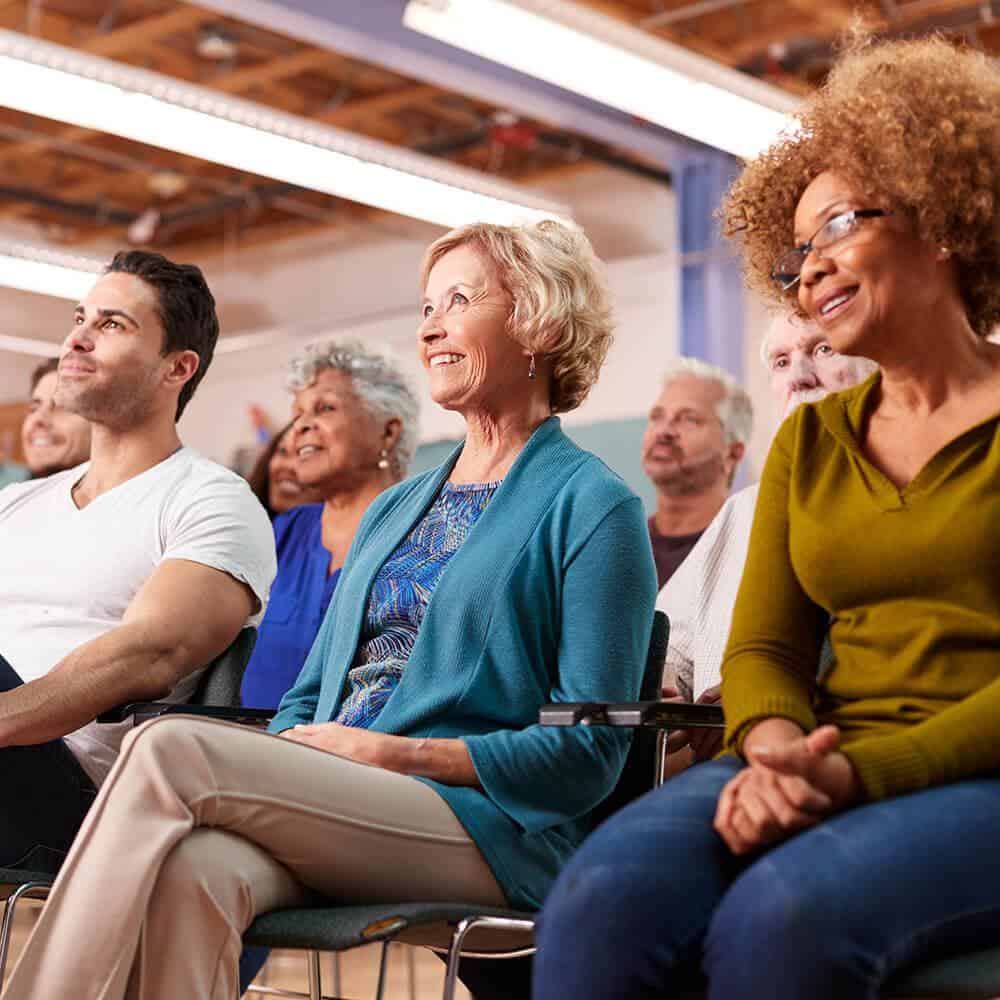Assistive Listening Devices
Assistive Listening Devices (ALDs) are personal devices that can enable you to hear better in one-to-one and group environments. They are portable amplifiers that carry sound closer to your ears. Such small devices collect the sound you want to hear and may even help filter out background noise. They distinguish the sounds a person wants to hear from the noise around. This in turn increases the so-called "speech-to-noise ratio."
Research shows that people with hearing loss need an increase of about 15 to 25 dB in volume to reach the same level of hearing comprehension as their hearing peers. An ALD allows them to get to this level without exposing others to unwanted sound.
ALDs help tackle listening problems in three ways: reducing background noise; decreasing the effect of distance between the sound source and the user; and bypassing unwanted sound effects such as echo.
Hearing Aid Accessories: Why Would I Use an ALD?

To watch TV more easily
If you love catching up on the latest shows and are a wearer of hearing aids, you might sometimes experience sound issues like distortion. Perhaps you'll turn up the volume sometimes to be able to hear better. But that's not likely to go down well with the other people in the room –and it doesn't always work.
Luckily, we now have ALDs to improve the experience of watching TV. Such hearing aid accessories enhance the sound by bringing it straight into your hearing aid, meaning you can adjust your personal volume without disrupting other people.

To talk on the phone
Those who love talking on the phone with a hearing aid might sometimes experience some feedback or echo. There are a number of devices available to help with this.
Captioned phones are one of the latest trends. These are devices made for people with hearing loss who find it difficult to use the phone. Scrolling text of what the other person is saying is displayed while you're talking so you can comprehend the conversation more easily.
In a particular model, a captioning agent is automatically connected to the call to help transcribe the call. They use voice recognition and manual adjustments to translate the sound into captions. The blend of technology and human interaction helps to provide accurate captions to help you fully understand the other person's words.

To hear better during public events and in school
Public events can be tricky places to hear. Too often the PA speaker shoots sound upwards, which reverberates of the wall and causes sound to be echo and indistinct. That’s why there are several systems to help you in these instances.
- FM systems: An FM network is like a small radio station which broadcasts only the sounds you want to her, straight into your ear. They are used in schools, restaurants, meetings, and nursing homes to help improve the sound to noise ratio for the user. You can get an FM receiver as a hearing aid accessory, or it can come as a standalone device.
- Inductive or audio loop systems: They communicate via an electromagnetic field to carry sound to the ear. They do not require a receiver if a telecoil is accessible to the hearing aid wearer. Many hearing aids carry a this telecoil and there is an increasing list of public places that provide an audio loop system.
- Infrared systems: They relay sound to receivers through light waves. they are often found in courthouses and movie theaters.
To connect to smartphones and other assistive listening devices
As almost everyone is a smartphone user nowadays, many newer hearing aids allow you to sync directly to smartphones to you so that the sound goes directly into your ear. This is a recent development, but those using an older hearing aid can get extra hearing aid accessories to help deliver the sound to your hearing aids through this wireless signal. These hearing aid accessories are usually put around your neck. They collect the signal from the device that you are playing sound from and send it directly to your hearing aid without any disruptive noise.
